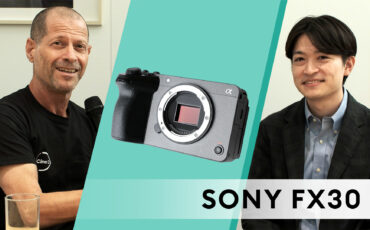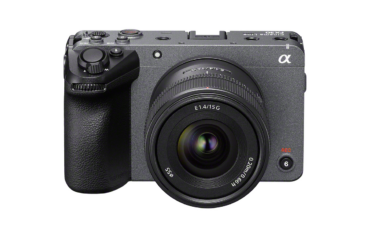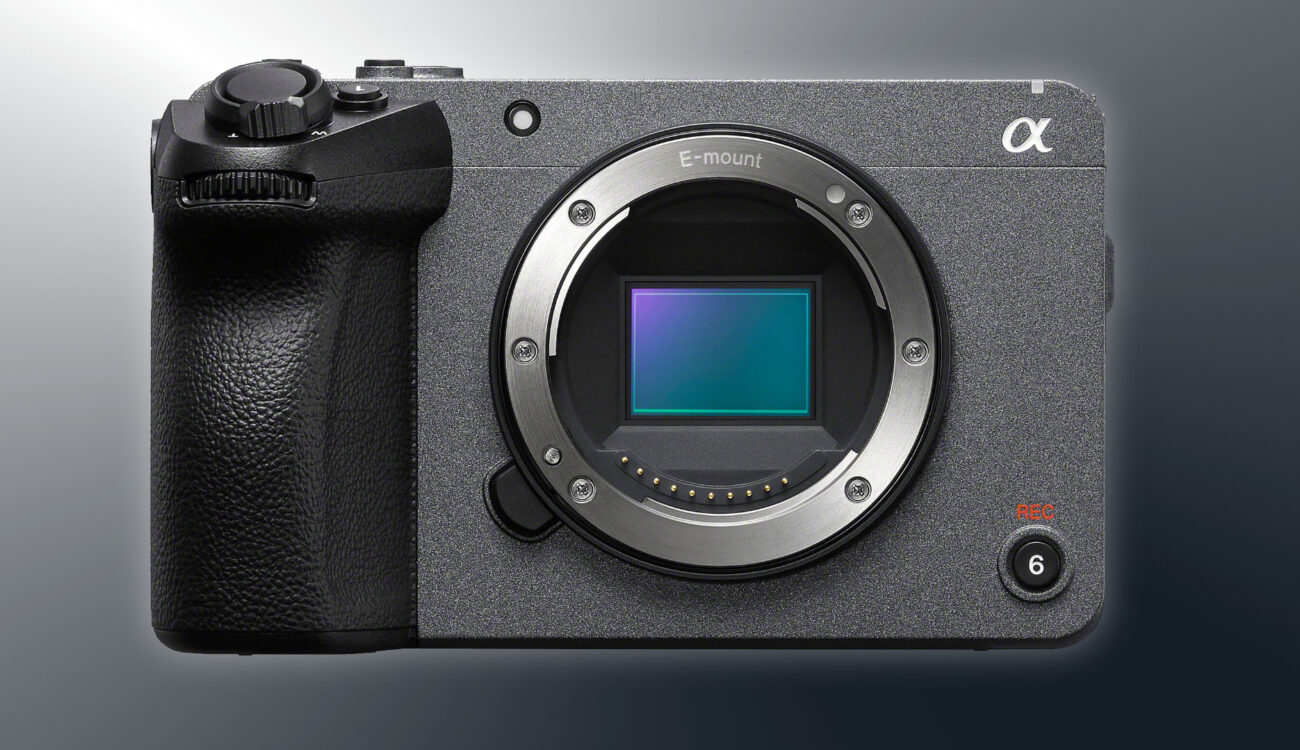
If you’re the proud owner of the newly released Sony FX30 (article here) or any other Sony Cine Line digital camera, you may have wondered what these S-Log modes are all about, what Cine EI means, and why you should bother looking into them. Sony has released an easy-to-understand tutorial video that covers these very topics using the FX30 as an example. So if you have a little time to spare, the 13-minute video below is something worth watching, I think.
If you’re just starting out in the filmmaking world, an easy what-you-see-is-what-you-get (WYSIWYG) workflow might be the easiest approach to capturing video. Whatever is being displayed on the camera’s screen or viewfinder is what is being recorded, simple as that.
However, in this mode (usually the so-called Rec.709 standard), the latitude of the resulting image is quite limited, to the extent that the camera sensor would be able to capture a much wider range, but is artificially limited to Rec.709 specifications. You do get what you see, yes, but unfortunately this is far from tapping the full potential of your camera.
So, there must be better options? Ultimately, you want to capture as much information as possible, right?
And there are indeed better options. The Sony FX30 can record the incoming sensor data in a logarithmic fashion, which is called S-Log3 mode. The resulting image looks a bit strange and flat, but has a much wider dynamic range than Rec.709 can handle.
Sony FX30 and S-Log3
To be clear from the outset: Filming in S-Log3 requires at least a little bit of post-processing in terms of colors. As mentioned earlier, video shot using an S-Log3 gamma curve looks a bit washed out and dull. To bring it to Rec.709, which is the de facto standard for TVs, you need to at least apply a LUT (lookup table) or, even better, do some manual color correction and grading. This is a little extra work, but the result will be much better than if you record in Rec.709 in the first place.
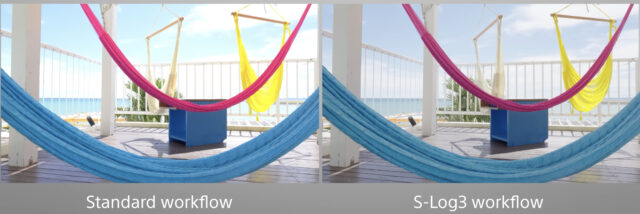
This is because you can control different parts of the image (highlights, shadows, mid-tones, etc.) individually, so you can prevent highlights from clipping, for example, without crushing the shadows. Basically, you can manually compose your final Rec.709 image.
When shooting in S-Log3 mode, cameras like the Sony FX30 (but this applies to other cameras as well) can overlay the flat, low-contrast image with a so-called monitor LUT. This allows you to monitor a proper Rec.709 image while recording S-Log3 video with a wide dynamic range for further post-processing.
Cine EI mode
While the S-Log3 mode of the Sony FX30 (and other Sony Cine Line cameras) allows for changing the ISO setting, the Cine EI (Exposure Index) mode won’t let you change the ISO. Instead, the camera is set to a fixed value, preferably the camera’s native base ISO, in which it performs best in terms of latitude and noise. The Sony FX30 offers two native ISOs for example, ISO 800 for bright environments and ISO 2500 for low light scenarios.
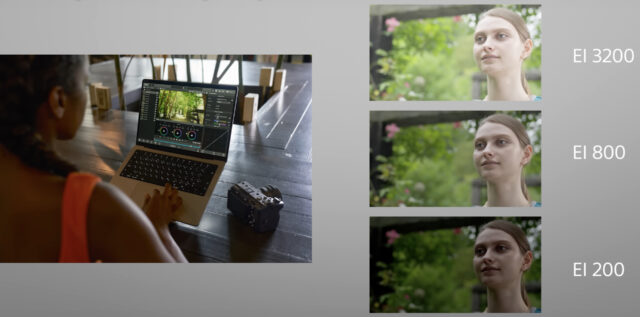
This Cine EI mode is more suitable for studio environments, where the lighting can be precisely adjusted for any given scene. When working in Cine EI mode, the goal is to intentionally underexpose or overexpose a particular image and compensate by lowering or raising the EI setting accordingly. The result can be checked via the monitor LUT.
Later, in post-production, the Cine EI metadata is automatically applied to the recorded video, along with the monitor LUT metadata, so that it looks exactly as it did on set. However, the resulting image has a wider dynamic range to play with, and the lowest possible noise for the particular camera and its sensor.
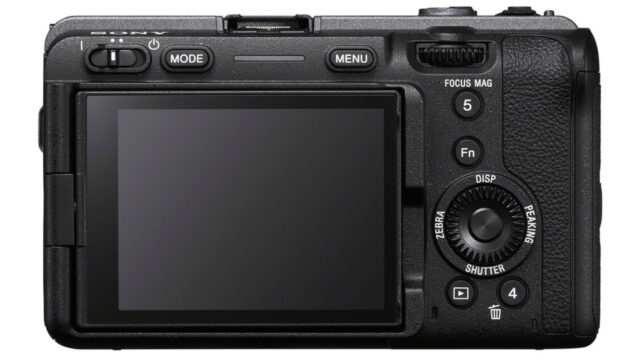
As you can see, using these advanced features of the Sony FX30 and other Sony Cine Line cameras can help you to capture the best results possible and provide you with tools to efficiently handle the required post-processing.
If these workflows are new to you, I encourage you to try them out and get familiar with them. You’ll benefit in any future project once you fully embrace the potential of video files that offer greater latitude than plain old Rec.709 files.
Link: Sony FX30 website
What do you think? Are S-Log3 and Cine EI new to you? Would you give these modes a try? Share your experiences in the comments below!
